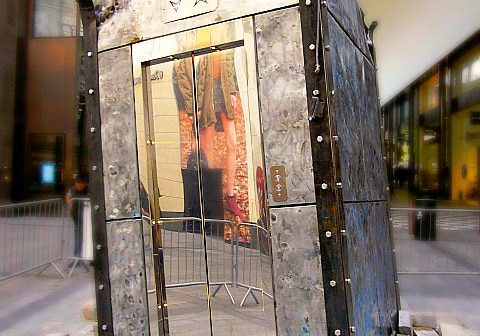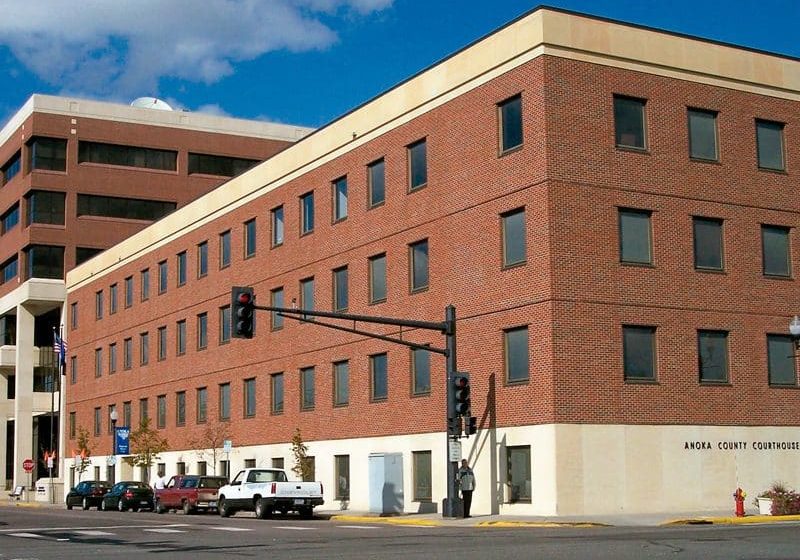Noise Control
Feb 1, 2016

The elevator is a source of noise; let it be quiet.
It is well known that service plants and installations in buildings (including elevator systems) produce airborne and structure-borne sound. It is also common that people want to have their peace in their own four walls. Consequently, the elevator needs to be planned with components that are as noiseless as possible. This seemingly simple solution is all very well in theory but by no means lives up to the complexity of the subject matter.
The noise control of elevator systems is governed by a series of standards and directives, some of which should be explicitly mentioned here: DIN 4109 “Noise Control and Building” (1998), and VDI 2566 sheets 1 and 2, “Noise Control in Elevator Systems with Machine Room” (2011) and “Noise Control in Elevator Systems without Machine Room” (2004). The VDI 2566 sheets were being combined at the time of this writing and will presumably be available as an official draft at the beginning of 2016. The need for sound measurements has also been a central theme during VDI 2566 committee proceedings. Credible and reliable data is to be gathered and evaluated in the course of a measuring campaign carried out by VFA-Interlift e.V. and its members.
The aforementioned standards and directives define requirements to be met by and recommendations for the structural noise control and permissible limits. In table 4, line 2, column 2 of DIN 4109, a maximum sound pressure level of ≤ 30 dB(A) is required in rooms that need to be protected against noise. This value is accepted by the court as a minimum requirement. But, for elevator manufacturing and installation companies, it is also important to take into account the reverberation time correction value in the room to be protected so the sound-pressure level of the elevator system and the reverberation time correction value can produce a maximum sound pressure level of ≤ 30 dB(A) in the room to be protected.
Example
The following shows an example for a typical value: with a room volume of 35 m³ and a medium reverberation time of 0.34 s. at a frequency between 250 and 2,000 Hz, calculation of the reverberation time correction value gives 2.2 dB. At limits below 30 dB(A), the noise emission of the elevator components in motion, as well as the sound reduction index of the building (especially of its walls) are, therefore, significant.
Some direct dependencies need to be taken into account here. The VFA measuring campaign has continuously come up with dependencies between the sound reduction index and the frequency of the sound-producing components, which are not taken into account in the current VDI 2566. Depending on the speed, synchronous drives produce high levels of airborne and structure-borne sound in the low-frequency range between 80 and 200 Hz. This is the frequency range in which the shaft wall generally shows a clearly lower sound reduction index than the one indicated by the manufacturer, which has been determined at a frequency exceeding 2,000 Hz. Even when looking at asynchronous machines with gearboxes (600-1300 Hz), this correlation is still of interest, although no longer with the following relevance. From this correlation alone, direct potential problems that must be researched and taken into account in the course of expert planning work are derived.
As seen in Figure 1, a concrete wall in the frequency range of 80-200 Hz has a sound reduction index of approximately 42 dB(A), which is similar to the lime sand brick wall. The value of 67 dB(A) indicated by the manufacturer for a concrete wall is only achieved above 1000 Hz. So, when a lift manufacturer employs an elevator that is economically accepted by the client with a mean noise emission of approximately 67 dB(A) (measured on the roof of the car during a ride through the shaft) and additional temporarily occurring superimposed noises are added (e.g., by doors opening when the car enters the stopping zone), the specified 30 dB(A) less the reverberation time correction value (almost 28 dB(A)) cannot be met.
This is often the topic of a dispute that ends up in court. Such disputes are by no means a surprise, since elevator manufacturers usually have no expert knowledge of architecture, acoustics or building physics and, therefore, cannot define specifications to be met by the acoustic design of walls. To be able to achieve the desired goals in rooms in need of protection, a coordination between the tenderer/operator and the lift manufacturing/installation company is, therefore, an absolute must. Whenever tender documents contain information on the sound reduction index of walls, it must be clarified which specific index can be taken into account in the elevator’s operational frequency range and, in particular, of the drive unit as the main frequency source.
The causalities shown here substantiated by the measuring results of VFA members must be taken into account for the further development of VDI 2566. As expected, another result of the measuring campaign has shown a direct dependency between the number of rope pulleys and the sound pressure level of the elevator (i.e., the more pulleys, the higher the emissions). The same applies to the elevator’s carrying capacity; the higher the rated load, the higher the emissions.
Conclusion
Taking into account the expert knowledge of the different trades and professions, the solution to the problem referred to above is obvious: lift manufacturers must indicate frequencies and the airborne sound produced by their lift systems in tenders. Architects, acousticians and building physicists must appropriately adapt the location of the lift shaft in the building and the design of the walls on the basis of the data provided. Since the lift manufacturer cannot influence the frequencies of the drive unit, the machine frame, rail horseshoes and all components in contact with the shaft wall must be designed to isolate any accelerations/vibrations as much as possible. These necessities must already be taken into account over the course of expert planning and tendering proceedings to avoid expensive corrections or lawsuits.
Get more of Elevator World. Sign up for our free e-newsletter.









